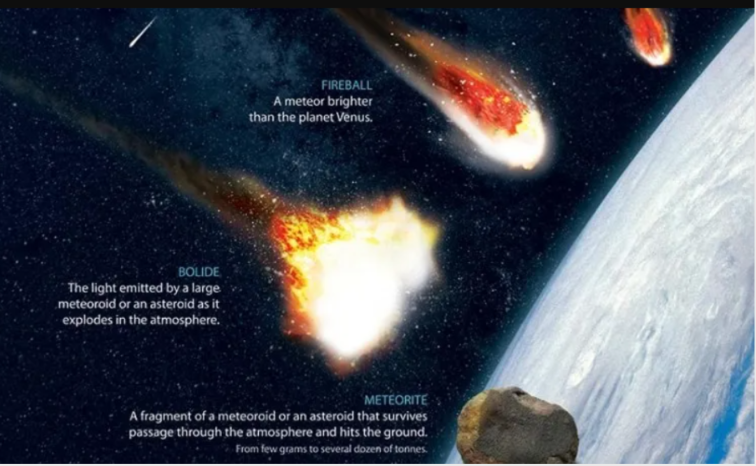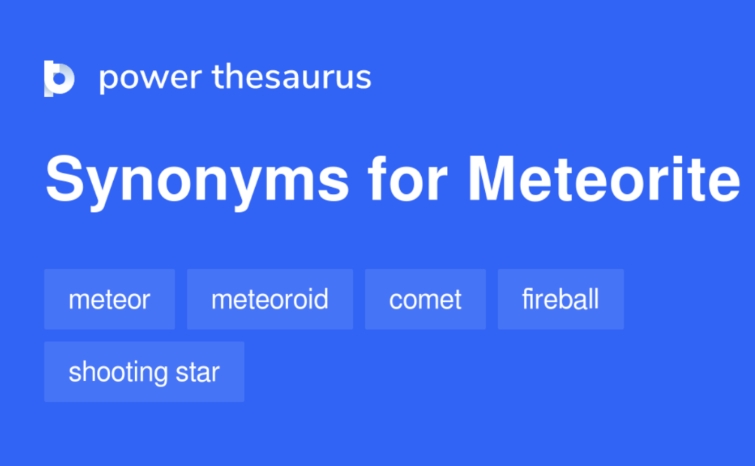All about lighting and fireballs in the sky

In recent days and nights, we have seen frequent flashes of lightning everywhere around and above our regions. It seems that we will have fewer flashes in the sky in the coming days. Probably during the day but not at night!
At the beginning of August, the Earth entered a cloud of interplanetary matter created by the millennial disintegration of the nucleus of Comet Swift-Tuttle.
Over time, this cloud of matter thinned and expanded, and nowadays the journey of our planet within its “boundaries” lasts from July 17 to August 24. We will be in the center, the densest part of the cloud with maximum activity on August 12, 13 and 14.

The result of all this is short-lived, fast flashes in the night sky. Tiny particles hit the high parts of the Earth’s atmosphere at a speed of 58km/s. As a result of ionization, luminous traces appear. Hence the name of the shooting star, or the correct term would be meteor.
The frequency of the appearance of luminous trails in the night sky increases as we approach the maximum activity of the meteor group, and then decreases. Meteor groups are named after the constellation in which their radiant (source) is located.
We’ve all seen meteors. Some are barely noticeable, and there are also those whose brilliance causes a wow factor to the observer.
We call all “shooting stars” meteors. The extremely and/or extremely brilliant ones have two or three other names. There is no exact, precise, definition of naming meteors according to their brightness, and therefore, respecting the recommendations of the IMO (International Meteorological Organization) and the IAU (International Astronomical Union), we divide the brightest meteors into two or three groups.
Magnitude is the unit of measurement for star brightness. All meteors brighter than -4mag are called fireballs. It is, for example, brighter than the glittering Venus or the high passage of the ISS in the sky.
The name is often used in the media when reporting on bright meteors. A somewhat more precise definition of meteors according to brightness can be found in the word bolide. We consider them to be meteors of brightness from -13mag (brightness of the full Moon) to -17mag (a hundred times brighter than the brightness of the full Moon).
Extreme occurrences of even brighter meteors (more than -17mag!) are called superbolide. This is, for example, a well-known event near Chelyabinsk in Russia (February 15, 2013).
If you see an extremely bright meteor, you won’t be wrong if you call it a fireball, bolide or superbolide. Depending on the color of the meteor, it is a body rich in sodium (orange-yellow), iron (yellow), blue-green (magnesium), purple (calcium), red (nitrogen and oxygen).

If a piece falls from the sky at your feet, it is called a meteorite. Over 7,000 specimens of smaller and larger meteorites have been collected around the world, mostly on the icy expanses of Antarctica.
Want to read more about the universe? Visit our blog!

